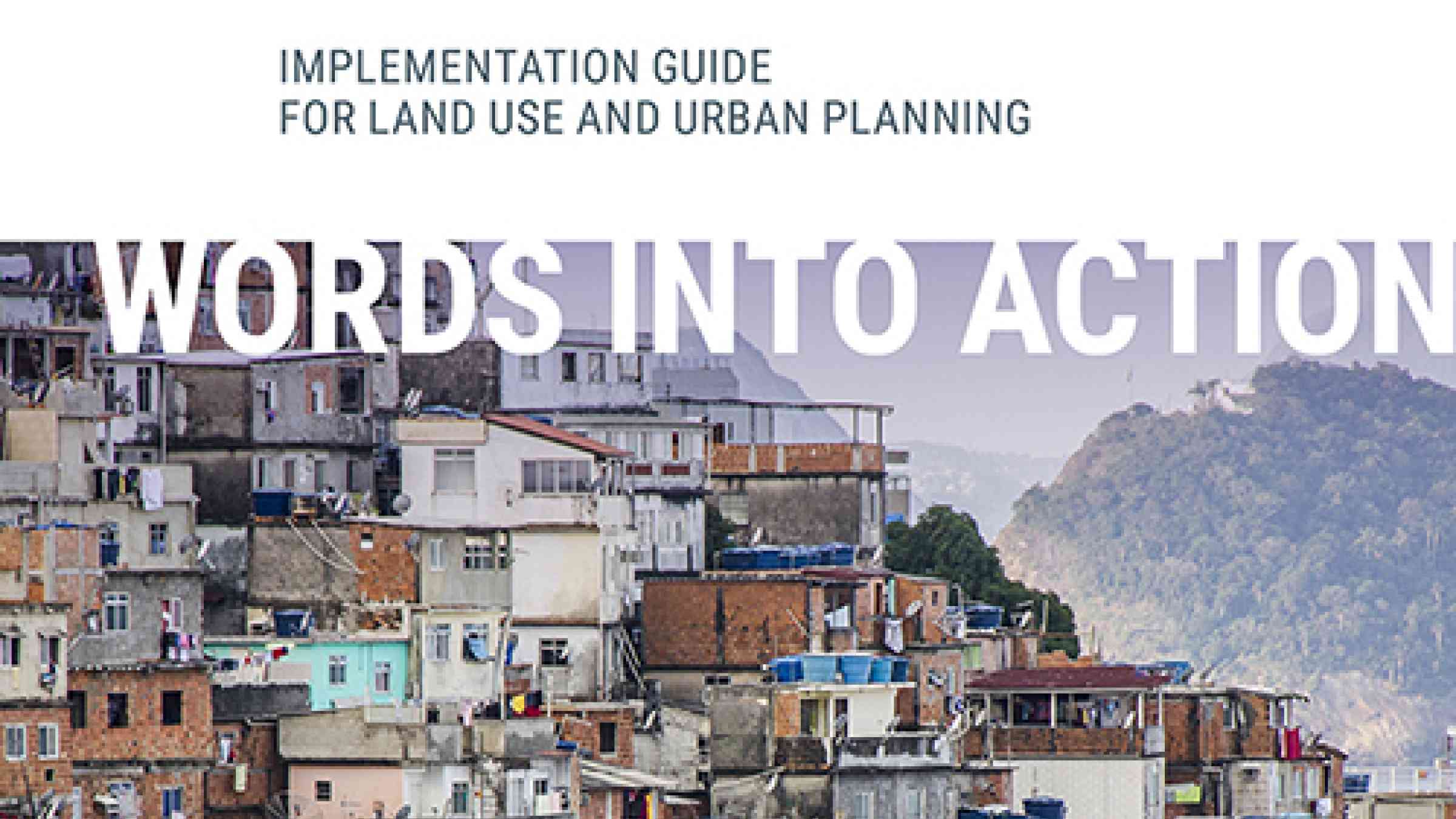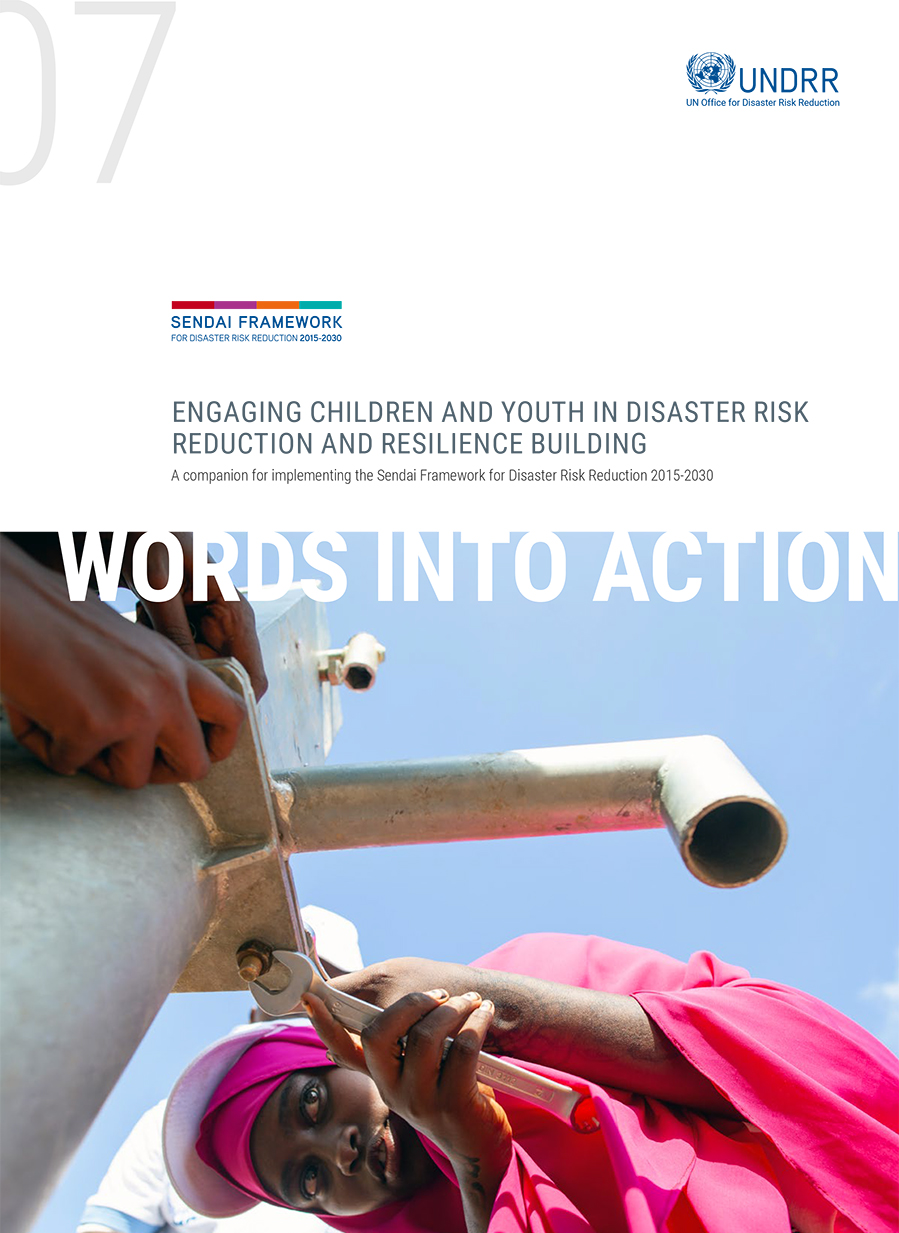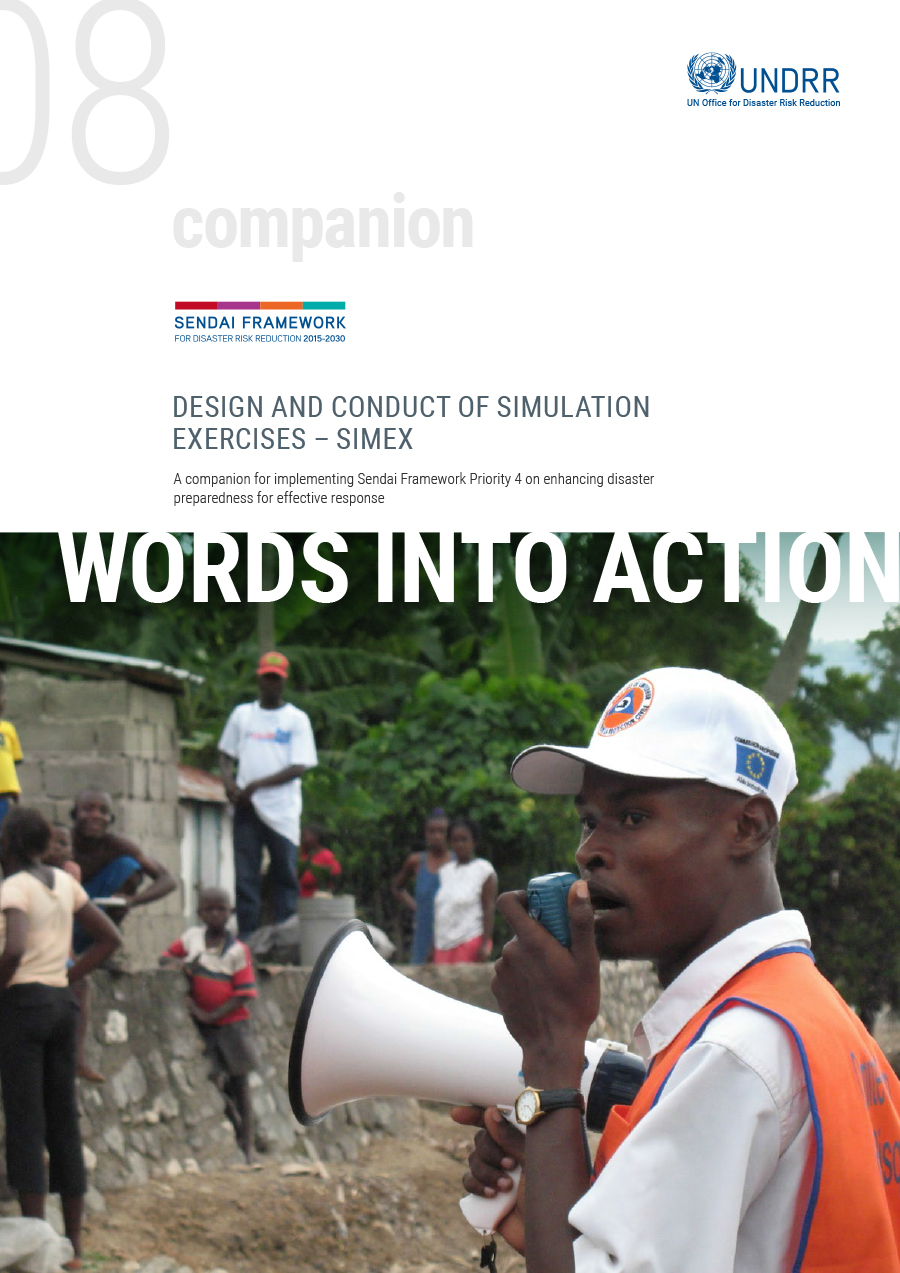Words into Action: Implementation Guide for Land Use and Urban Planning
IMPLEMENTATION GUIDE FOR LAND USE AND URBAN PLANNING
More than half of the world’s population is now living in urban areas, and the number continues to grow. The rapid increase in urban populations makes it increasingly difficult and challenging for cities and local governments to ensure the safety and wellbeing of their citizens.
Rapid urbanization can lead to unplanned and informal settlements, building in vulnerable locations and leaving populations without access to basic public services. These factors increase the cities’ and urban populations’ vulnerability to the adverse impact of disasters and extreme climate events.
This guide provides guidance for urban planning professionals and those involved in city development on how to incorporate disaster risk reduction (DRR) and resilience into urban planning decisions and investments to support city governments’ resilience objectives and strategies.
LAND USE AND URBAN PLANNING FOR DISASTER RISK REDUCTION
Smart land use planning can help reduce disaster risk and save lives. This video explores how different cities around the world use land use planning to reduce disaster risks.
HOW DISASTERS IMPACT CITIES
Many cities are crowded, unplanned and poorly built and vulnerable to disasters. The video explores the many different kinds of disasters that impact urban areas and how policymakers can find solutions.
The Ten Essentials for Making Cities Resilient
This animation offers policymakers and DRR practitioners an overview of the ten essentials for making cities resilient at the local level in line with the Sendai Framework for Disaster Risk Reduction.

Cities are centers of growth and opportunity. However, rapid urbanization has made cities and the people who live there more vulnerable to the devastating impact of disasters and extreme climate events. How can we ensure that cities are expanding or being built in safe and resilient ways? Experts Sanjaya Bathia and Cassidy Johnson explain.
HAZARDS AND DRIVERS OF URBAN RISK
As urban areas and their populations continue to grow and expand, more people, assets and systems are being exposed to hazards. What are the main hazards and drivers of urban risk? How can urban planners help? The World Bank’s Claudia Soto Orozco explains.

URBAN PLANNING AND CLIMATE RESILIENT AFRICAN CITIES
Informality is a defining feature of Africa’s urban growth and development. With more than 50 percent of urban residents on the continent living in locations characterized as informal, what do urban planners need to do to reduce disaster risk and improve climate resilience? The University of Melbourne's Dr. Patrick Cobbinah says effective urban planning starts with working with - and not against - informal development.

CASE STUDIES
Smart combinations of surface land use and underground space in Malaysia
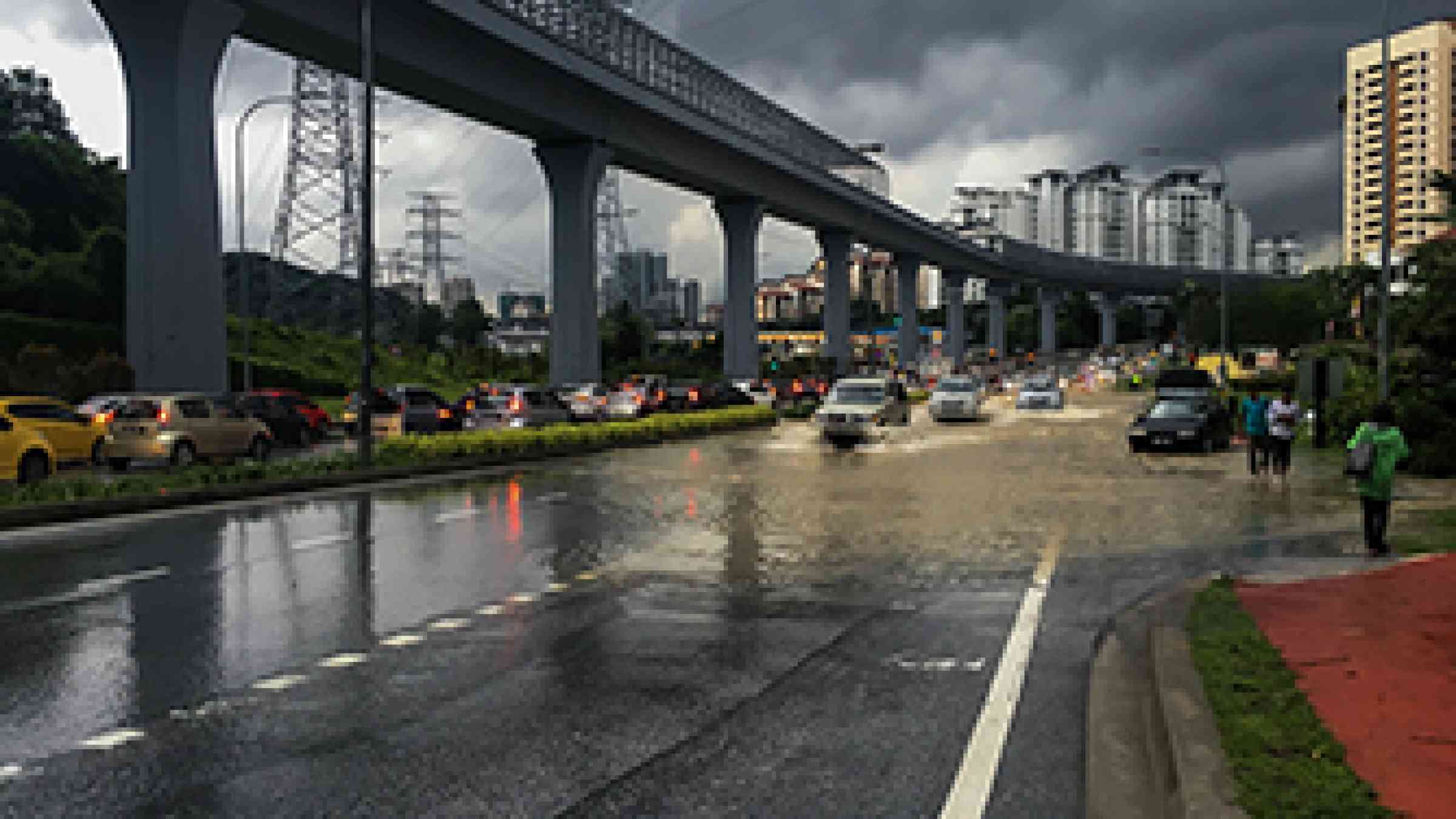
Kuala Lumpur’s storm-water Management and Road Tunnel is a multipurpose tunnel that serves both water management and traffic management in the central business district. Find out how this successful innovation works and how it is financed. Learn more
DRR in land use planning legislation in Istanbul

Adaptation at Altitude is a collaborative programme launched and co-supported by the Swiss In an earthquake-prone city such as Istanbul, integrating DRR into land use planning is critical for the preservation of assets and for providing a sustainable and resilient city. Find out how the city creates innovative legislation and mitigates disasters risks. Learn more
Flood insurance in Canada leads to win-win-win
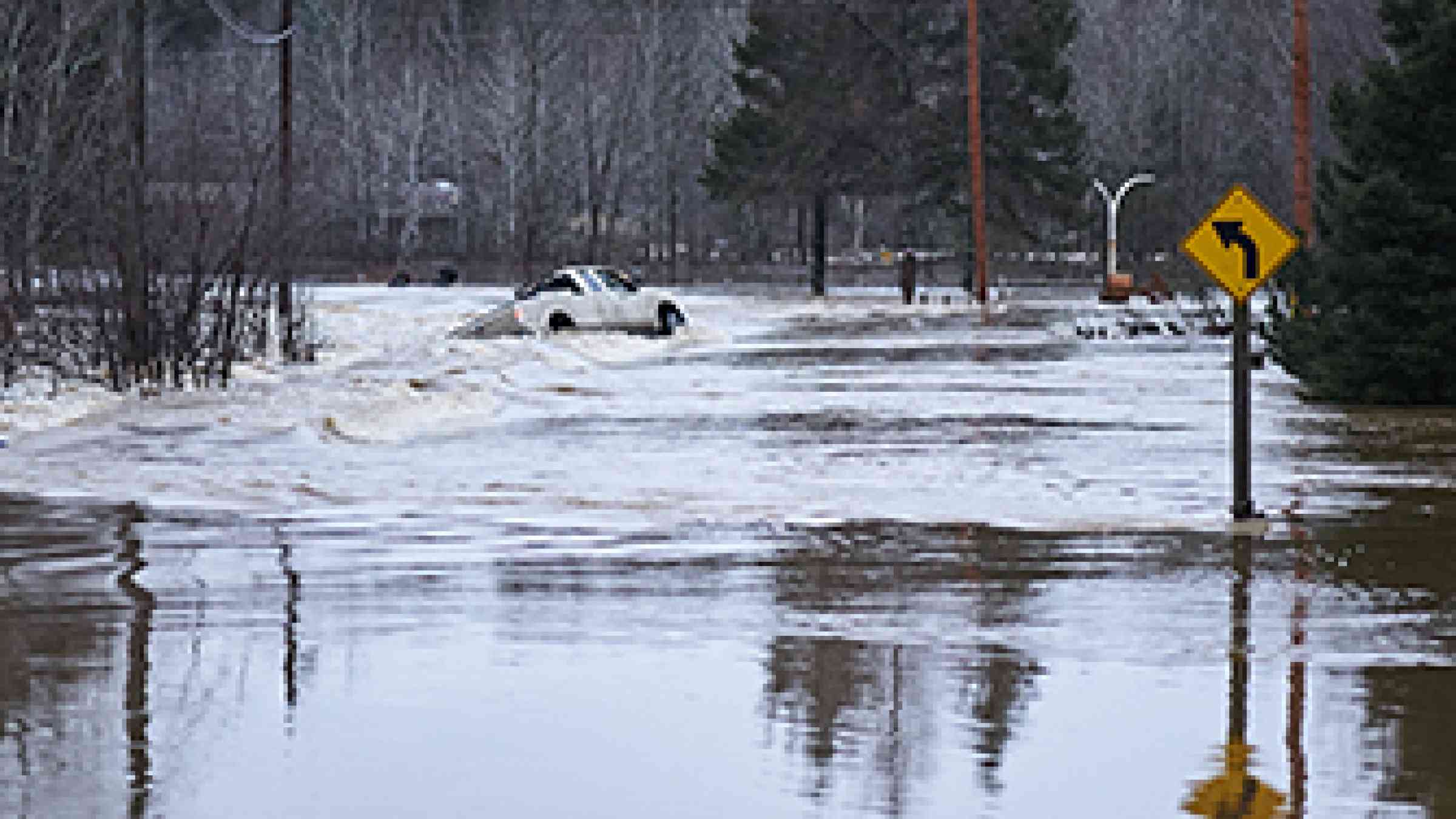
Canada’s Partners for Action initiative demonstrates how targeted data and research can drive coalition building and lead to a broad public policy discussion on risk-based solutions, involving property developers, insurance companies and property owners. Learn more
DRR COMMUNITY RESOURCES: LAND USE AND URBAN PLANNING
Makati City becomes the second Resilience Hub in Asia-Pacific

The City of Makati in the Philippines has been named as the second Resilience Hub of Making Cities Resilient 2030 in the Asia-Pacific region. Learn how the city is making resilience everyone’s business.
Learn more
RESEARCH BRIEF: Climate change from the ground up: Researchers explore sea level rise impact on building foundations

Researchers have considered how flooding from rising sea levels and storm surges will damage the built environment along the coast, but what about climate change’s less noticeable impacts below the surface?
Learn more
INTERVIEW: Astana’s journey to building safe, resilient and liveable communities

Astana, the capital city of Kazakhstan, recently joined the Making Cities Resilient 2030 Initiative. Mr. Yelnar Bazyken, the Head of the Center of Urbanism in Nur-Sultan, discusses plans to continue building the city’s resilience.
Learn more
Words into Action
All the guides in the series
